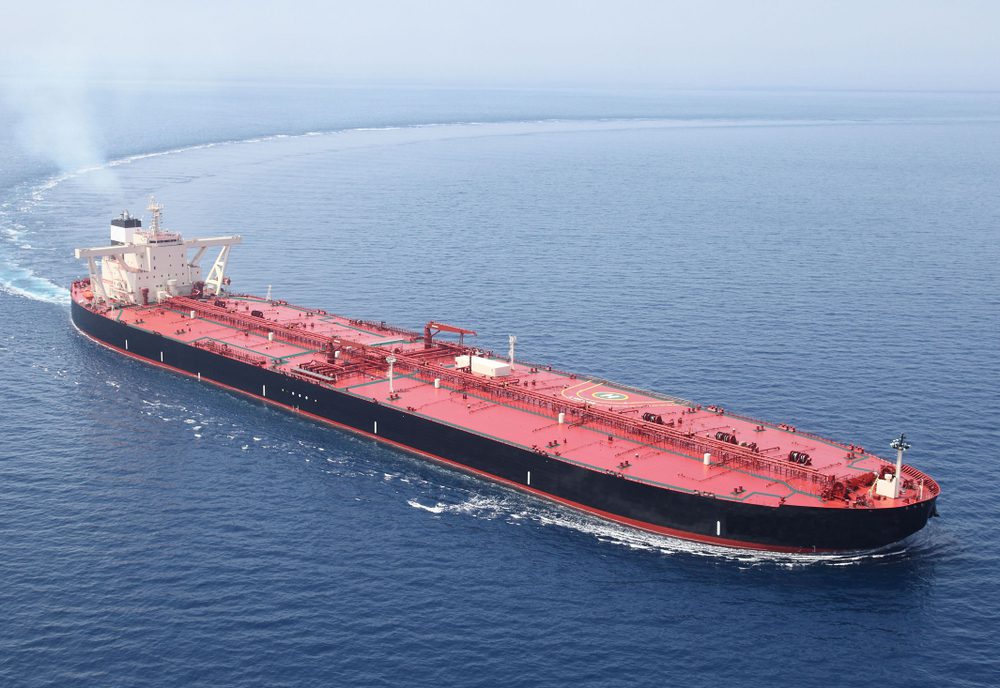Emerald Ace car carrier. File photo: MOL
Tokyo-based Mitsui O.S.K. Lines (MOL) says it has signed a newbuilding contract for what the company describes as next generation car carriers.
The contract was signed with Usuki City-headquartered Minaminippon Shipbuilding Co. and calls for the construction of four newbuild car carriers. The vessels will be delivered in 2017 and 2018 and serve on MOL’s worldwide car carrier services.
MOL says the car carriers will feature deck construction that will be substantially altered to allow 14 decks, up from 12. The number of liftable decks will also be increased from two to six. MOL says this means that two adjustable decks can be placed between two fixed decks, offering greater flexibility in accommodating vehicles of different heights, improving loading efficiency and meeting demand for more diversified vehicle transport.
MOL named the car carriers featuring the new deck construction the “FLEXIE” series.
The four vessels will also be installed with electronically-controlled diesel engine with Low Load Optimisation (LLO) tuning by Exhaust Gas Bypass (EGB) technology, a waste heat energy recovery system for generator engines and electric power consumption reduction technology. The vessels’ hull form design will also be improved, especially for low-speed range, based on ship performance analysis of existing carriers. The ships will also mark a step forward in wind-pressure reducing design, one of the basic technologies in the Senpaku ISHIN project, which MOL has been developing since 2009.
The four newbuilds will measure 199.95 long by 32.2 breadth, and have capacity for 6,800 standard passenger vehicles.
The FLEXIE series was developed through a joint project by MOL, MOL Logistics, Utoc, and Mitsui O.S.K. Kinkai. MOL says that it plans to develop a glabal marketing campaign to promote the flexibility of the new carriers’ liftable decks.
The FLEXIE series follows MOL’s 2012 introduction of the Emerald Ace, the world’s first hybrid car carrier that combines a solar power generation system with lithium-ion batteries. The solar-generated electricity is stored in the batteries and used to power the ship’s electrical systems while in port, resulting in zero emissions in berth.

 Join The Club
Join The Club











